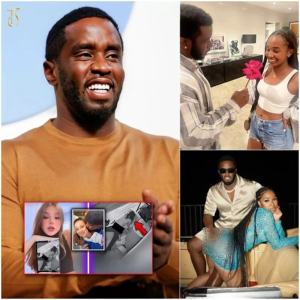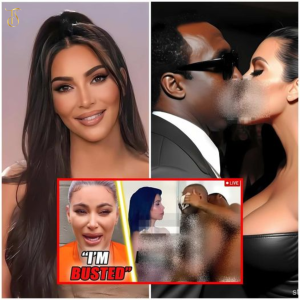Gal Gadot’s daring confession: she changed bodies to play Wonder Woman
In a recent interview that has sparked much debate, actress Gal Gadot revealed a shocking and provocative statement: she “swapped” her body with rapper and producer Diddy, as well as several other men, to prepare for her iconic role as Wonder Woman. This revelation has not only sparked intrigue, but has also raised questions about how far actors are willing to go to embody their characters.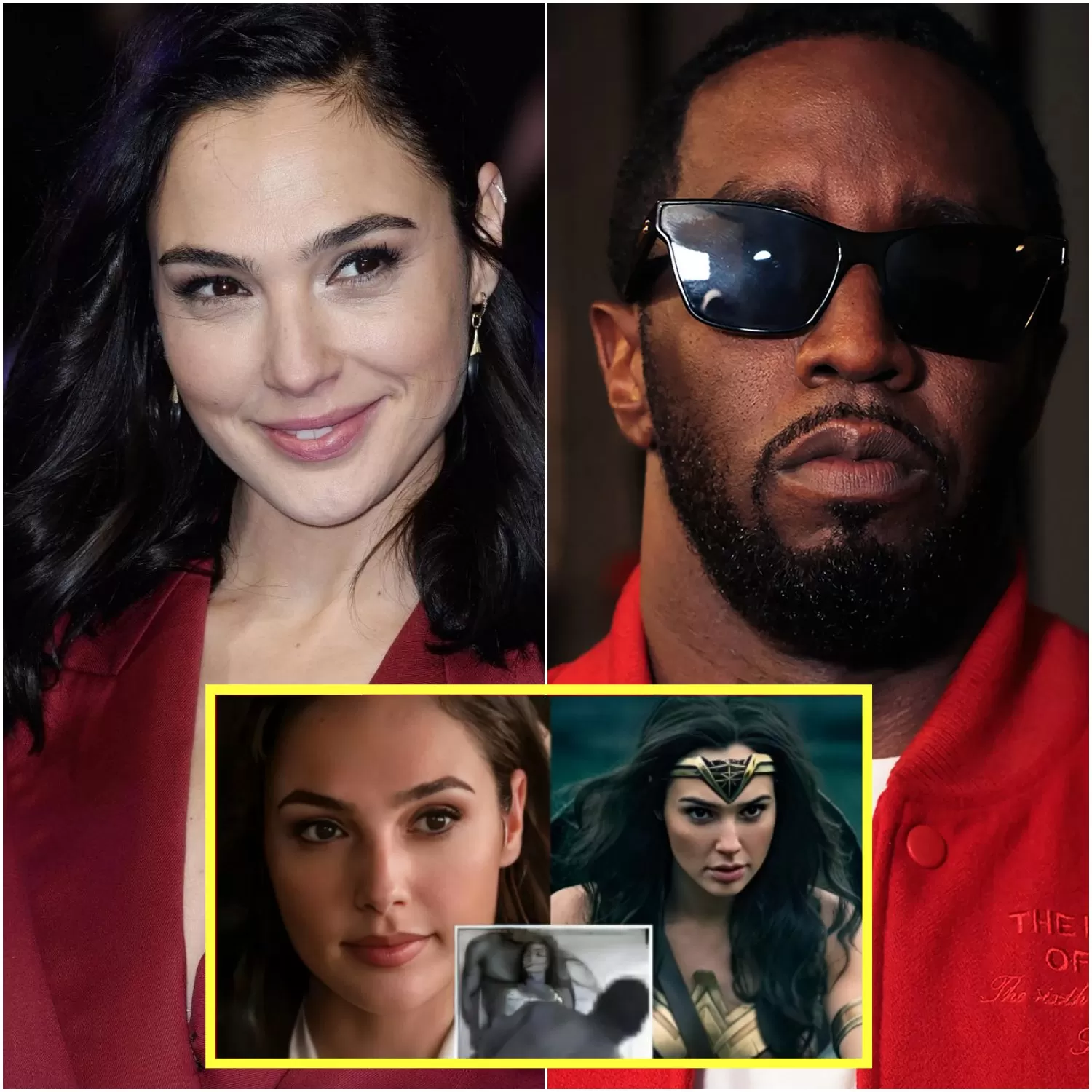
Gadot, known for her fierce portrayal of the Amazonian warrior in the DC Extended Universe, explained that her comment was metaphorical and emphasized the transformative nature of acting. “To truly understand a character, especially one as complex as Wonder Woman, I felt it was essential to explore different perspectives,” she said. This creative approach, she argues, allows actors to draw on experiences beyond their own, enriching their performances.
The concept of “body-swapping” may seem far-fetched to many, but it underscores an important aspect of acting: the importance of empathy. Gadot explained that by considering the lives and experiences of other people, including men in various roles, she gained valuable insight into the male perspective, which influenced her portrayal of Wonder Woman. “Wonder Woman is not just a female superhero; she represents strength, compassion, and understanding. Accepting different viewpoints helps create a more nuanced character,” she explained.
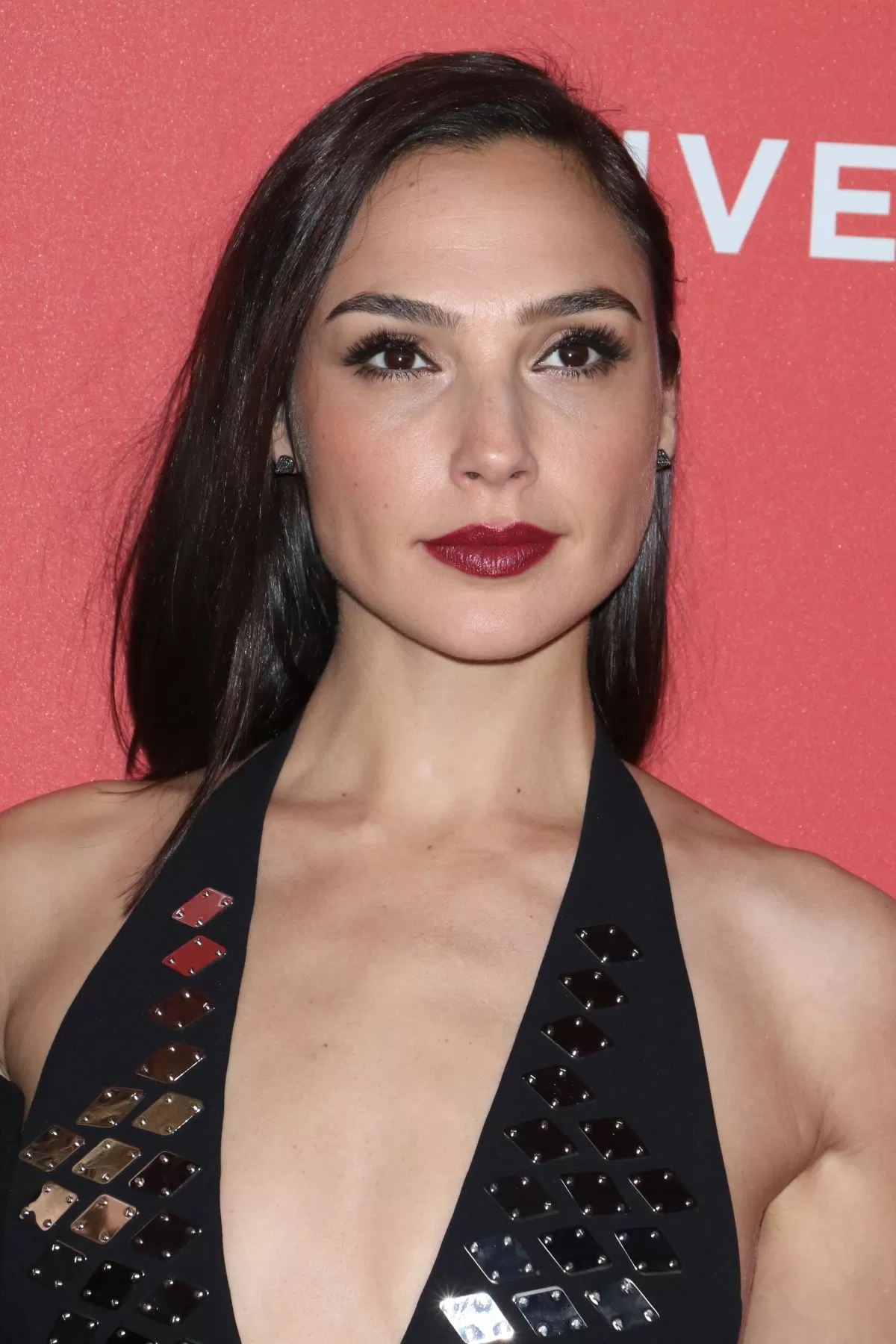
This unconventional method raises an interesting debate about the nature of gender representation in film. While Gadot has always been a strong advocate for women’s empowerment, her comments highlight the need to understand diverse experiences to foster authentic storytelling. By engaging with different identities, actors can overcome gaps in representation and make characters resonate with a wider audience.
Not everyone has reacted positively to Gadot’s comments, however. Critics argue that the notion of “body swapping” trivializes the complexities of gender identity and experiences. They suggest that such comments, even if made humorously or metaphorically, can inadvertently reinforce stereotypes or minimize the difficulties faced by marginalized groups. It’s a delicate balance that artists must manage: while exploring diverse experiences is crucial, it’s equally important to do so with sensitivity and respect.
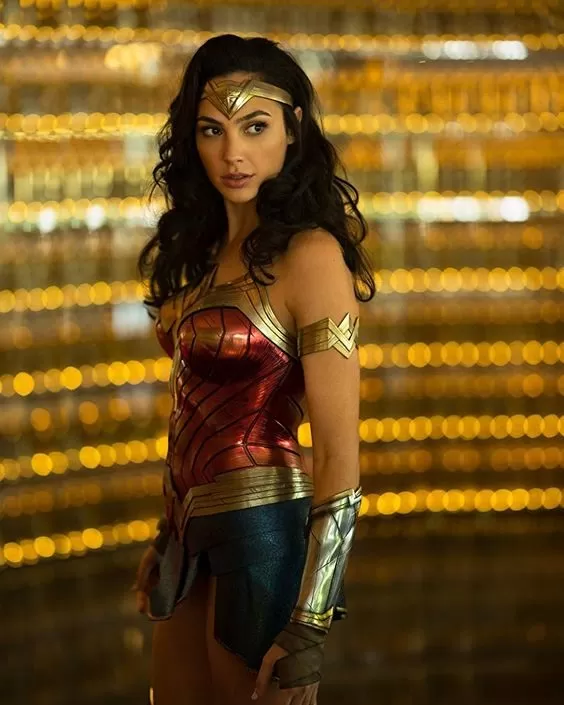
The conversation has also drawn attention to the changing landscape of superhero movies. In recent years, there has been a growing demand for more diverse narratives that reflect a multitude of experiences. Gadot’s willingness to explore different perspectives can be seen as a step towards a more inclusive approach in Hollywood, where stories are told not just from a singular point of view, but from a mosaic of experiences.
What’s more, Gadot’s path to portraying Wonder Woman is emblematic of a broader trend in the industry: Actors are increasingly encouraged to immerse themselves in their roles, which often involves extensive research, physical training and emotional preparation. This commitment to authenticity is what audiences expect from performances in a genre that thrives on heroism and complex narratives.
As the debate surrounding Gadot’s comments continues, one thing remains clear: her portrayal of Wonder Woman has left an indelible mark on popular culture. The character represents more than just physical prowess; she embodies ideals of justice, equality, and resilience. Gadot’s exploration of diverse perspectives, even through provocative statements, opens the door to richer, more meaningful narratives in the superhero genre.
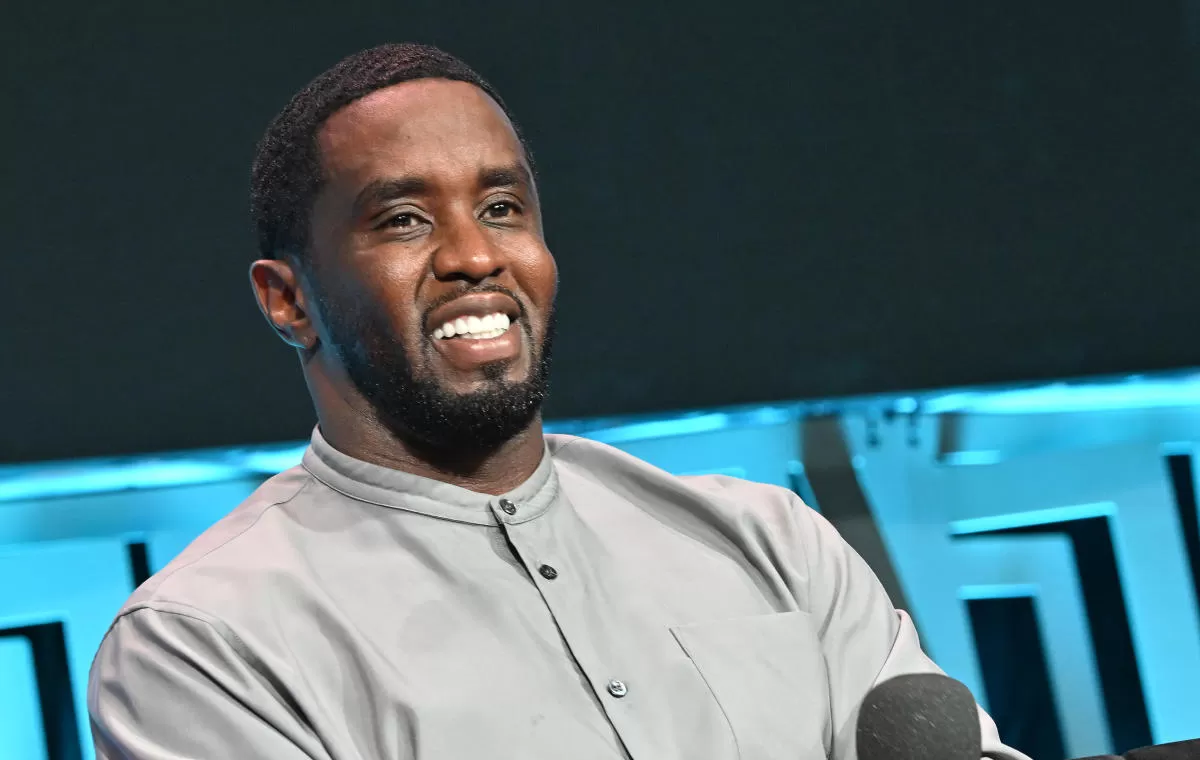
In conclusion, Gal Gadot’s confession about “changing” her body to prepare for her role as Wonder Woman highlights the changing nature of acting and storytelling. While her comments may be controversial, they give rise to valuable discussions about empathy, representation, and the need for diverse voices in film. As audiences continue to embrace the complexity of their favorite heroes, the way forward for filmmakers and actors lies in a commitment to telling stories that resonate with everyone.



